Virtual Tour

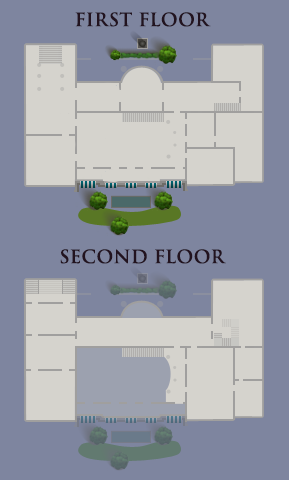
Hoyt Garden

The walled garden at the back of the house was used for outdoor entertaining and display of some of the Andersons’ sculptures.
East Stair Hall

The Society of the Cincinnati is the oldest historical society in the United States, founded in 1783 to promote the memory of the American Revolution. The furnishings of the East Stair Hall reflect the founding and purpose of the Society, from a statuette of its namesake, Cincinnatus, to portraits of some of its past presidents general.
Original Library
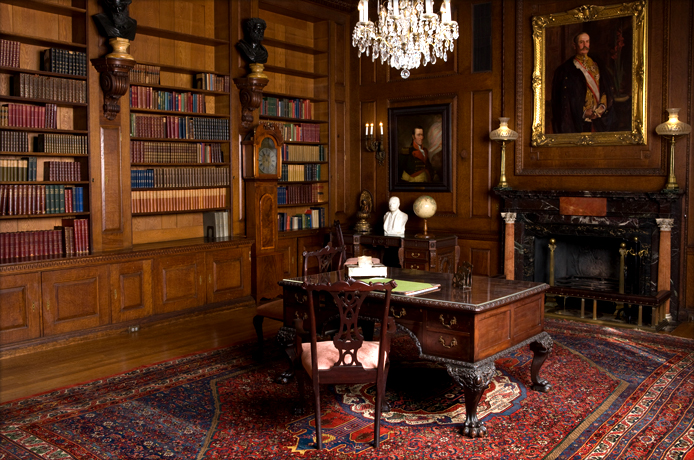
Honoring the tens of thousands of Americans who resisted British oppression and won American independence, the Original Library displays a facsimile of the Institution of the Society of the Cincinnati—the organization's founding document—and original portraits of officers who served in the Revolutionary War, including Larz Anderson’s great grandfather Richard Clough Anderson.
Winter Garden

Anderson House was originally the winter residence of Larz and Isabel Anderson, a wealthy couple who were both descended from patriots of the revolutionary era. The Winter Garden, which served as the Andersons’ breakfast room, card room, and conservatory, features murals of the couple’s favorite driving routes around Washington, D.C., and the gardens at their Massachusetts estate.
Ballroom

Larz Anderson was the fourth member of his family to join the Society of the Cincinnati, and he identified closely with the organization’s ideals. He had Society symbolism incorporated into the architecture and decoration of Anderson House, including the Eagle insignia in the center of the Ballroom ceiling. The two-story room, where the Andersons’ entertained guests with dances, concerts, and plays, also features a Steinway baby grand piano and Asian works of art.
Musicians Gallery

Overlooking the Ballroom, the Musicians Gallery also adjoins the Dining Room so live music could flow into both rooms during the Andersons’ dinners and receptions.
Dining Room

Like many wealthy Americans of their generation, the Andersons imitated the social practices of the English gentry, staffing large homes with servants and entertaining in elaborate style. The Andersons seated as many as thirty guests in the Dining Room for formal meals, surrounded by seventeenth-century Flemish tapestries.
Serving Room
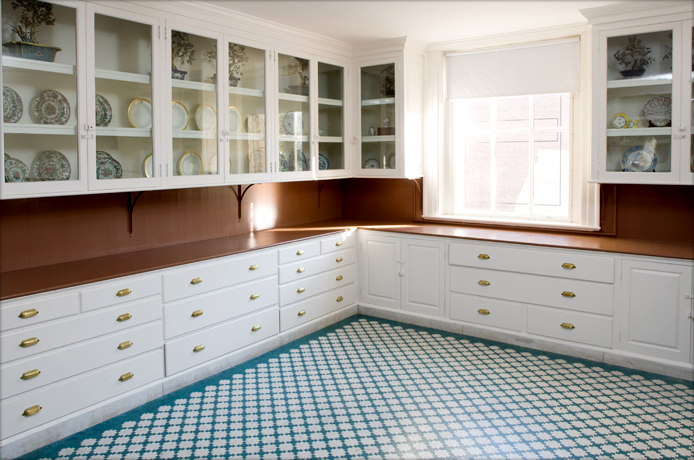
From this pantry, servants prepared to serve the Andersons and their guests in the adjacent Dining Room. Some of the Andersons’ china and table linens were also stored in the Serving Room. Outfitted with the latest appliances of the era, this room features a rubber tile floor—popular in the early twentieth century for its sound-deadening properties and ease of cleaning.
Great Stair Hall

The Great Stair Hall and the formal staircase to the second floor are dominated by Jose Villegas’ monumental painting The Triumph of the Dogaressa.
Billiard Room

The original Billiard Room is now the setting for the Society’s temporary exhibitions.
Choir Stall Room
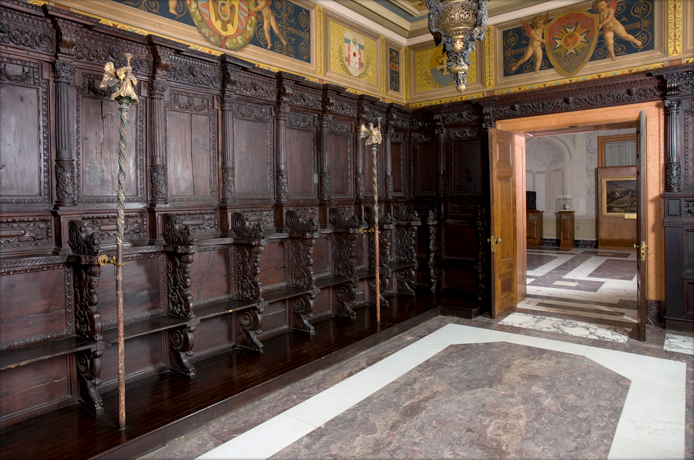
Guests entered Anderson House through this ante room, rimmed with Italian choir stalls and murals of insignias of societies to which Larz and Isabel Anderson belonged.
Key Room
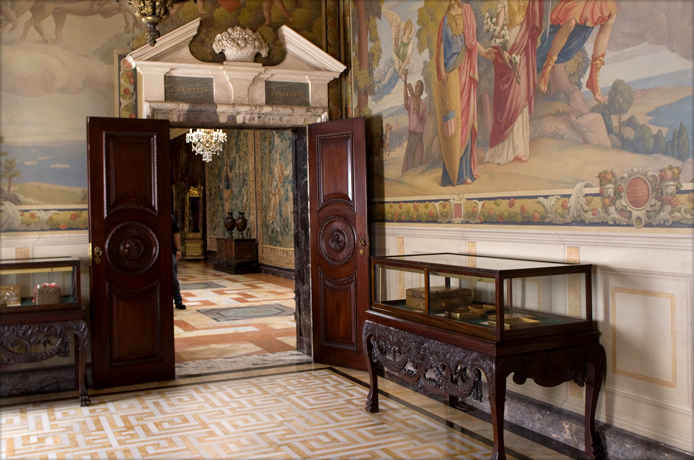
Larz and Isabel Anderson formally greeted their guests in the Key Room, surrounded by murals chronicling iconic events in American history.
French Drawing Room

This reception room, where guests mingled before dinner, combines French furniture, Flemish tapestries, and Asian curios in the eclectic décor.
English Drawing Room

The English Drawing Room, named for its seventeenth- and eighteenth-century paintings, also originally doubled as Isabel Anderson’s study.
Olmsted Gallery
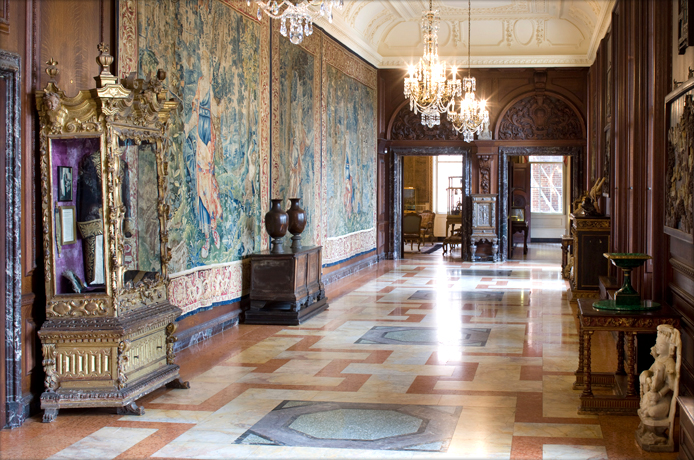
Connecting the reception rooms on one end with the Dining Room on the other, this elegant hall displays some of the Andersons’ largest collections.